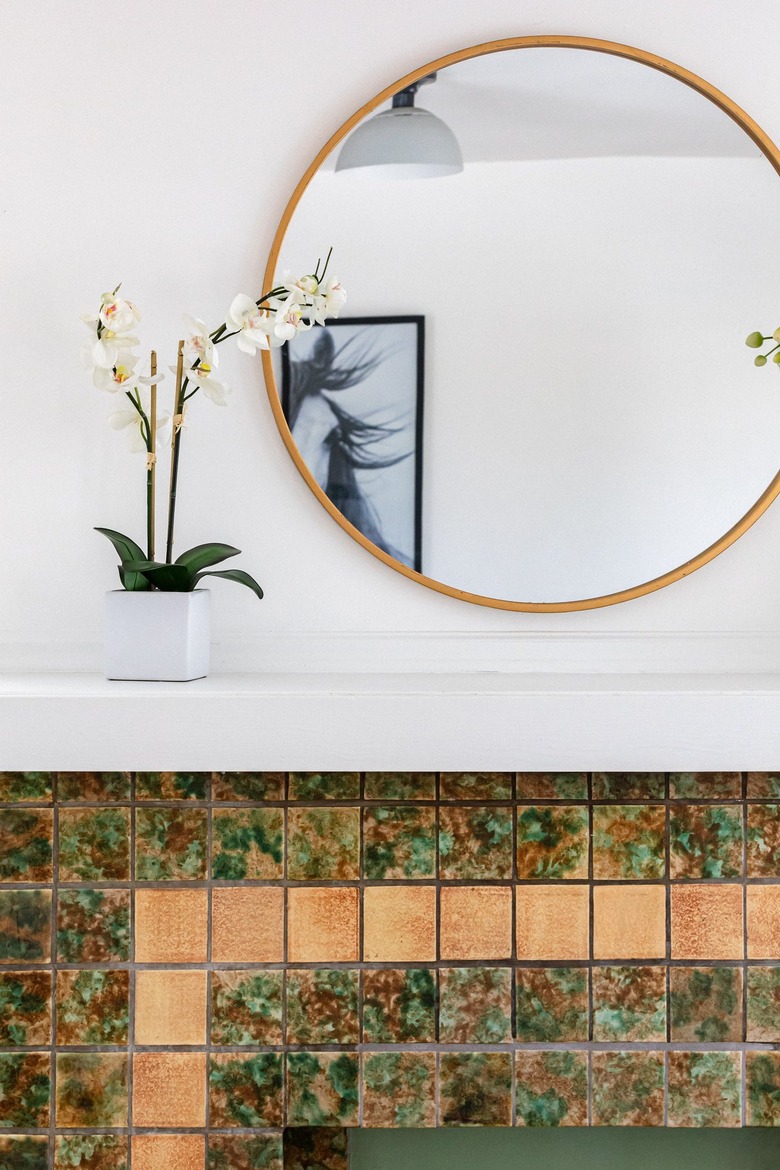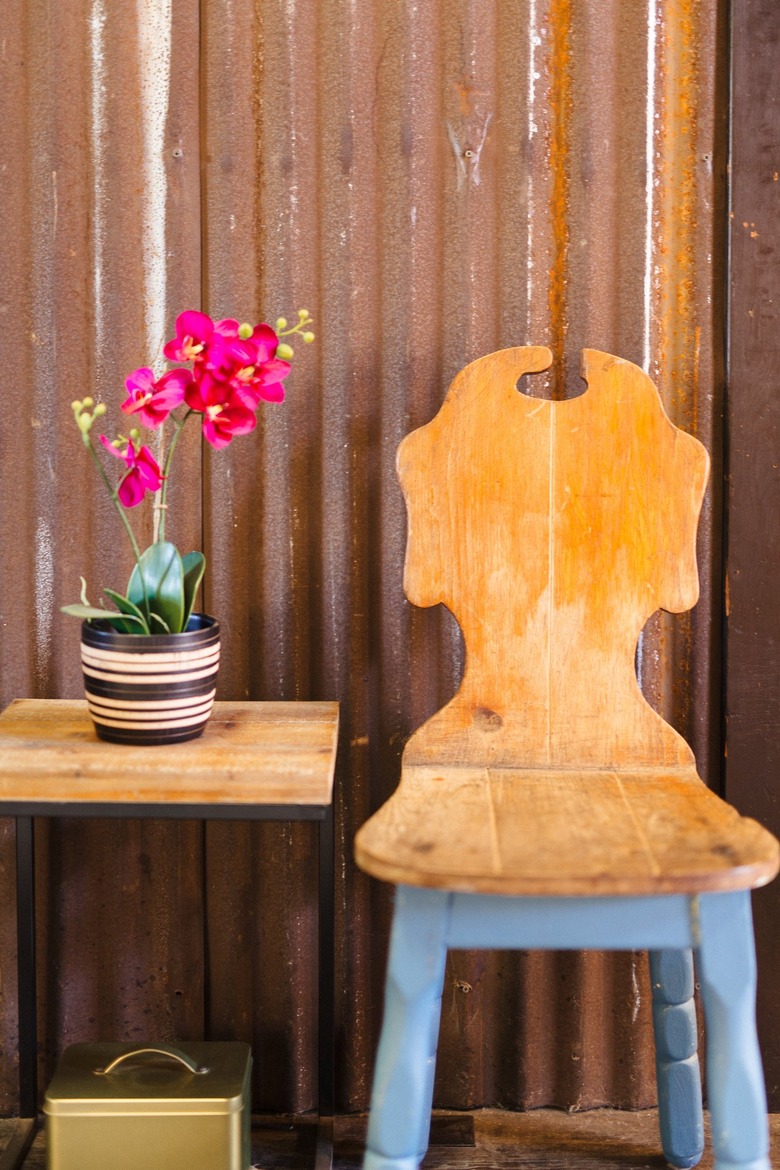How To Revive Dead Orchids (Houseplant Care You Need To Know)
It's hard to find more delicate-looking houseplants than tropical orchids, with their silk-thin petals, slender stalks, and fussy care requirements. But don't underestimate how tough these beauties actually are. Even if it looks like your orchids are goners, it's quite possible to bring them back from the dead. The key is understanding how orchids grow and what they need to survive.
Understand Your Orchid
Understand Your Orchid
The more you know about a plant, the better you get at figuring out if something is wrong — or not. Many first-time orchid growers get anxious for their plant, and some even toss perfectly healthy plants because they aren't familiar with their growth patterns.
The fact is, many types of tropical orchids (but not all) go through a dormancy period after several months of blooming. Look up your orchid species to see if it does. Some shed all their leaves during dormancy, and only the stem remains, green and bare.
This happens cyclically, so if you keep that in mind, you'll learn what to expect after it blooms. You need to keep the orchid plant in the house and continue providing it with weekly water. In time, it will grow new roots and produce more flowers in its next growth cycle.
Is My Orchid Dead?
Is My Orchid Dead?
Let's face the bitter truth directly here: if your orchid is truly dead, you won't be able to revive it no matter how many experts tips you get. Dead is dead. But looking dead and being dead are two different things when it comes to these amazing survivor plants, and you shouldn't give up hope just because your orchids lose their petals and leaves and their stems dry into ropy tangles.
Just like green means go at a stoplight, green on stems means you can save your orchids. If even one of those dried stems is green, the plant hasn't given up the ghost. Even better, remove the orchid's roots from the soil, wash them off and look carefully. A few firm, pale roots give you reason to hope, even if most of them are brown and mushy.
Replace the Soil
Replace the Soil
If you are confident that your orchid is suffering, rather than being dormant, you need to try to figure out the cause. It is most likely that the problem with your houseplant is improper cultural care, so it makes sense to start with the basics: soil.
What does the plant's soil look like? Is it dark? Rich? Compacted? Tropical orchids are air plants in the wild, growing on tree trunks. That means that they require light potting mix, with bark, wood chips and/or sphagnum moss. If your plant was stuck in heavy soil, you have identified the problem.
Remove your plant from its pot and wash the soil from its roots. Trim off any brown or soft root sections, leaving only light-colored, firm roots. Put some moss or other appropriate orchid potting material into the pot and position the orchid roots on top, pressing them lightly into it. Tuck more orchid planting material around and over the roots to anchor the plant. Water well.
Reposition the Pot
Reposition the Pot
Location, location, location: this is a matter of considerable import to tropical orchids. These houseplants love sunlight, but not direct sun, so if your dead-looking orchid was sited in a south-facing window, too many rays on the leaves might be the problem. Hot sun will dry them and even burn them, opening the door to rot.
If that was the case, it's time for a new site. An east facing window with a little morning sun is perfect. Note that a dark corner won't keep the plant healthy either, since an orchid in that situation will have a hard time creating energy.
Other Cultural Requirements
Other Cultural Requirements
Orchid houseplants need mild temperatures, preferring a space that is from 50 to 90 degrees Fahrenheit. Fortunately, those are the temperatures people like too, which makes it easy to keep this cultural requirement. But orchids also like humidity, preferring between 40 and 60 percent humidity. That means a bathroom is a fine choice for an orchid site.
Then there is water — despite their reputation for thriving on neglect, tropical orchids do need a little water when their soil is dry. This usually occurs every week or so. Fertilizing with an orchid-specific product during the growing season is also a good idea and will give the plant the boost it needs.
Note that orchids get attacked by pests, just like any other plant. If your plant's leaves have spots, stippling, or discoloration, take a photo and head for the garden store for help figuring out the problem. It may be a disease or pest infestation that can be cured with pruning, fungicide, horticultural oil, or a pesticide.

